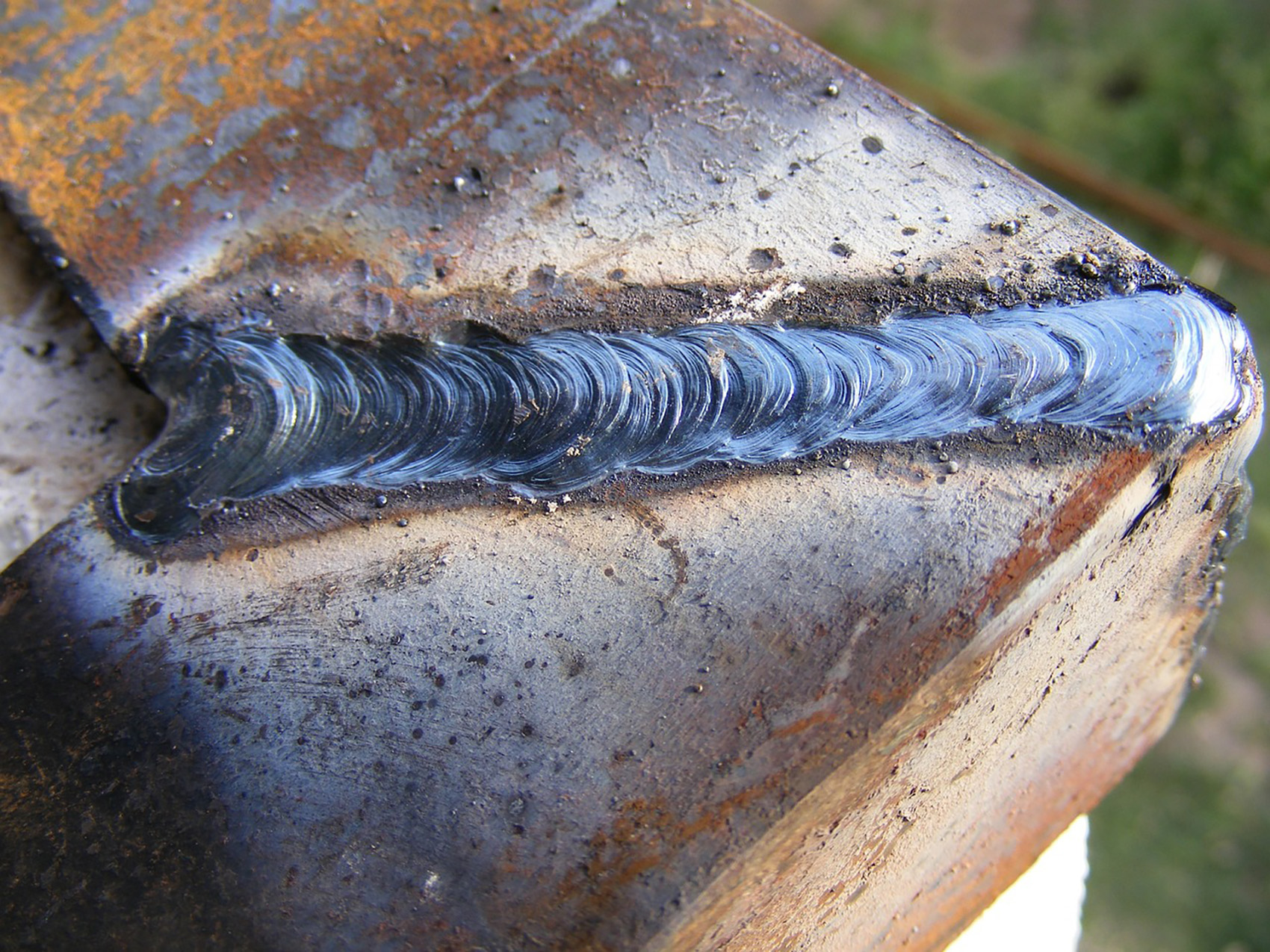Preventing Weld Undercut Demystified: Methods for Success
Preventing Weld Undercut Demystified: Methods for Success
Blog Article
Mastering the Art of Welding: Exactly How to Stay Clear Of Undercut Welding Issues for Flawless Fabrication Results
Performance and accuracy are extremely important worldwide of welding, where also the least flaw can jeopardize the architectural honesty of a produced item. One common obstacle that welders face is undercutting, a defect that can lead and compromise a weld joint to expensive rework. By recognizing the origin creates of undercut welding and carrying out effective strategies to stop it, welders can boost their craft to new degrees of quality (Preventing weld undercut). In the pursuit of perfect fabrication outcomes, grasping the art of welding to stay clear of undercut problems is not just an ability however a necessity for those pursuing excellence in their work.
Understanding Undercut Welding

To protect against undercut welding, welders must ensure proper welding specifications, such as adjusting the present, voltage, travel rate, and preserving the right electrode angle. Furthermore, utilizing the proper welding method for the specific joint arrangement is important. Employing weaving activities or backstepping strategies can assist make sure proper weld metal deposition and lower the chance of undercut formation. Routine inspection of welds throughout and after the welding process is likewise crucial to catch any kind of undercut early and make necessary changes to avoid additional defects. Preventing weld undercut. By understanding the reasons for undercut welding and executing safety nets, welders can accomplish top quality, structurally audio welds.
Sources Of Undercut in Welding
Understanding the aspects that contribute to undercut in welding is essential for welders to generate high-quality, structurally audio welds. Insufficient welding inaccurate or existing welding speed can also contribute to damage. Understanding these causes and implementing correct welding techniques can assist avoid undercutting concerns, making certain strong and long lasting welds.
Techniques to avoid Undercutting

To mitigate the threat of damaging in welding, welders can utilize critical welding strategies targeted at boosting the top quality and honesty of the weld joints. One reliable approach is to adjust the welding specifications, such as voltage, present, and take a trip speed, to make sure proper warm input and deposition. Maintaining an appropriate electrode angle and ensuring consistent traveling rate can likewise help protect against undercut. Additionally, making use of the correct welding method for the specific joint configuration, such as weave or stringer beads, can add to reducing damaging. Preventing weld undercut.
Furthermore, correct Preventing weld undercut joint prep work, including guaranteeing clean base materials devoid of pollutants and using the ideal welding consumables, is critical in avoiding undercut issues. Employing back-step welding strategies and regulating the weld bead account can likewise aid distribute warm uniformly and minimize the risk of undercut. Normal evaluation of the weld joint throughout and after welding, along with implementing quality control steps, can assist in finding and dealing with undercutting concerns without delay. By executing these methods faithfully, welders can attain remarkable construction results with minimal undercut issues.
Importance of Correct Welding Criteria
Selecting and maintaining suitable welding parameters is essential for accomplishing effective welds with minimal flaws. Welding parameters refer to variables such as voltage, current, take a trip speed, electrode angle, and securing gas circulation rate that directly impact the welding process. These criteria need to be thoroughly readjusted based upon the kind of product being welded, its density, and the welding technique used.
Correct welding specifications make certain the correct amount of warm is used to thaw the base steels and filler product evenly. If the specifications are established expensive, it can bring about excessive warm input, creating spatter, burn-through, or distortion. On the various other hand, if the parameters are also reduced, insufficient blend, lack of penetration, or undercutting may occur.
Quality Control in Welding Workflow

Conclusion
Finally, grasping the art of welding requires a comprehensive understanding of undercut welding, its reasons, and methods to prevent it. By guaranteeing correct welding criteria and executing quality control techniques, perfect manufacture outcomes can be achieved. It is essential for welders to regularly pursue quality in their welding operations to avoid undercut concerns and generate premium welds.
Undercut welding, a common defect in welding procedures, takes place when the weld steel does not effectively fill the groove and leaves a groove or depression along the welded joint.To avoid undercut welding, welders ought to guarantee proper welding specifications, such as readjusting the existing, voltage, travel speed, and preserving the proper electrode angle. Inadequate welding current or inaccurate welding speed can also add to undercut.To alleviate the threat of undercutting in welding, welders can employ critical welding techniques intended at useful reference improving the quality and stability of the weld joints.In verdict, grasping the art of welding needs a complete understanding of undercut welding, its causes, and methods to prevent it.
Report this page